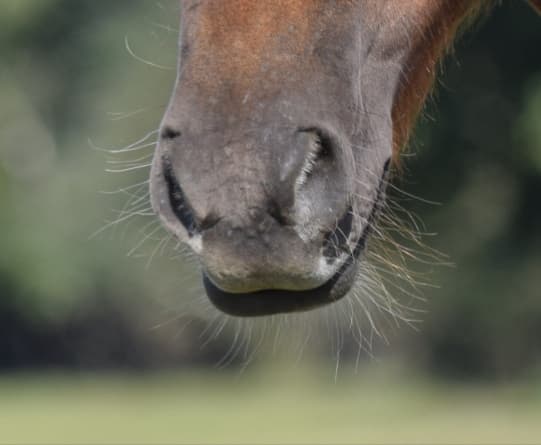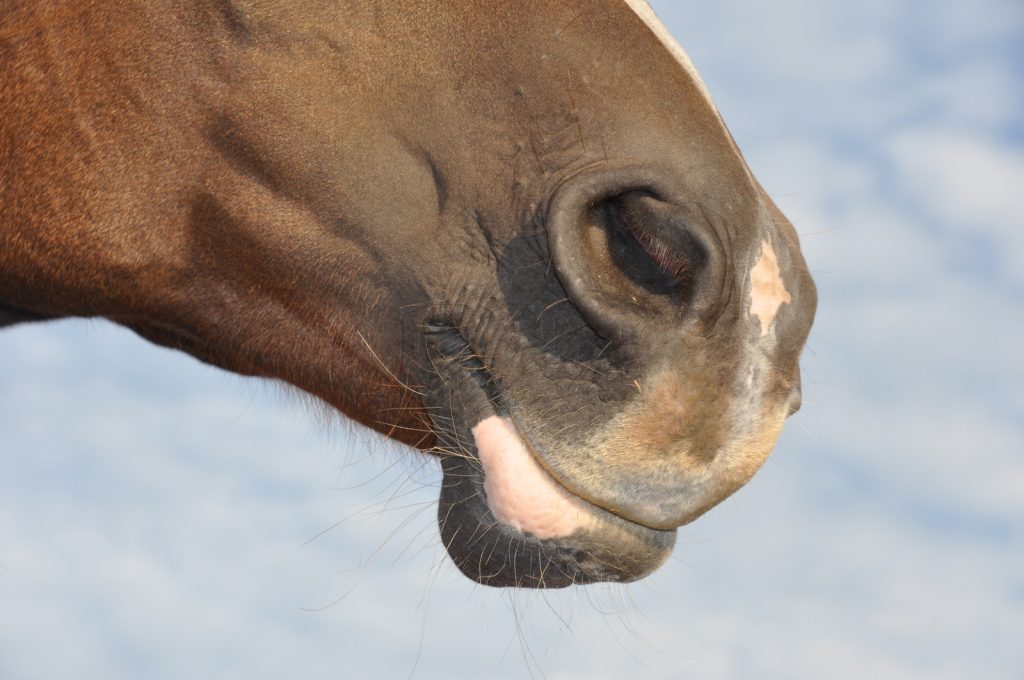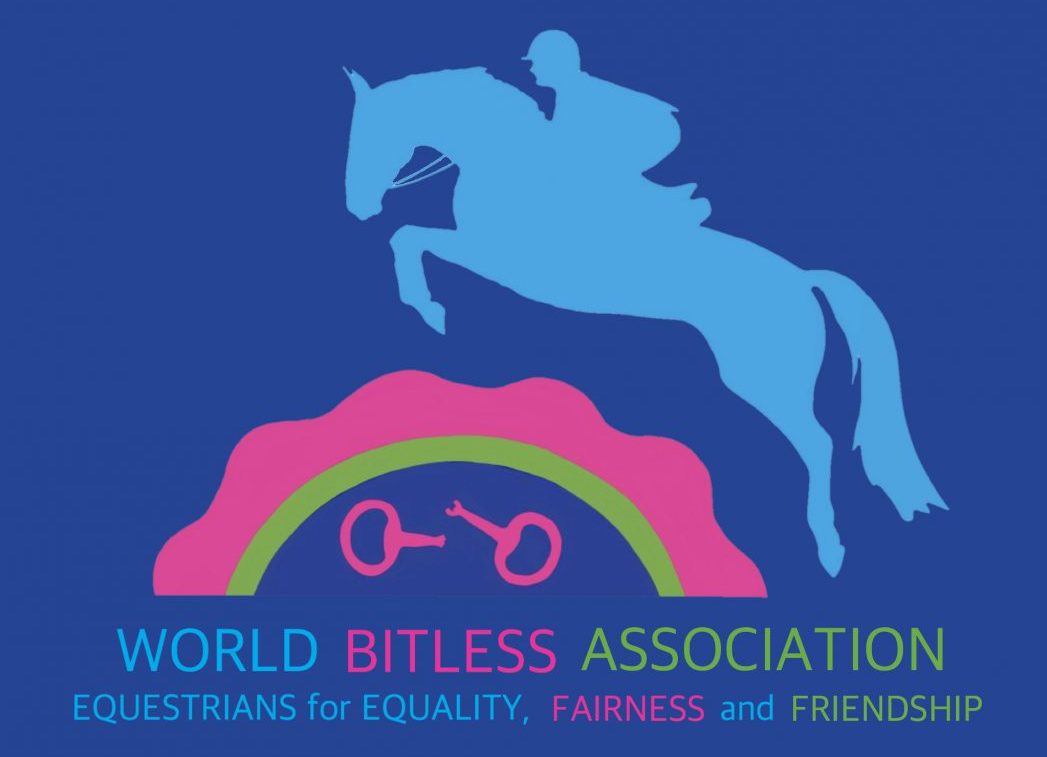VIBRISSAE – Hands OFF Whiskers

The WORLD BITLESS ASSOCIATION (WBA) are calling for a worldwide ban on the removal of Vibrissae (horse whiskers) in line with Switzerland, Germany and France.
The World Bitless Association will over the coming weeks engage with all FEI national federation’s and equine welfare organizations seeking support for universal change to support the global campaign.
TAKE THE PLEDGE & SIGN the PETITION – Change.Org Petition
#HandsOffWhiskers https://www.facebook.com/handsoffwhiskers/
We believe that clipping of the horse whiskers (vibrissae) for cosmetic reasons should be banned on ethical grounds to improve horse welfare around the world. Currently, a ban is imposed in Germany, Switzerland and most recently France.
THE SCIENCE BEHIND THE EQUINE VIBRISSAE (horse whiskers)
They have blood-filled sinus tissues and are connected to the somatosensory cortex (Prescott, Mitchinson & Grant, 2011).
Vibrissae play an important part in the processing of sensory information (Mitchinson et al., 2011) and its functions include finding food, communication through facial expressions, social interactions (Bobrov et al., 2014), pheromone distribution and environmental cues such as wind direction (Ahl, 1986). Vibrissae have also been found to compensate for the lack of/ compromised vision (Sokolov & Kulikov, 1987).
Research in which the vibrissae were removed shortly after birth resulted in behavioural changes that lasted throughout the affected animal’s adult life (Volgyi, Farkas, & Toldi, 1993).
The studies in rodents clearly show that the removal of vibrissae compromises their well-being by reducing/ removing the effectiveness of some behaviours and sensory processing (Symons & Tees, 1990) which is likely to be true therefore for horses.

When we consider the structure and function of vibrissae and the negative effects that trimming has on other mammals, it stands clear that trimming equines’ facial whiskers for cosmetic reasons is not an ethical process.
“An area that seems highly tactile in horses is the muzzle. The whiskers (vibrissae) of the horse’s muzzle all have blood-filled sacs at their base to amplify movement. They help foals find the teat and adult horses to feel structures that surround the blind spot at the end of their nose. It is entirely appropriate that countries are banning the practice of whisker trimming. Ethically, modifying this sensory structure in pursuit of human aesthetics is very difficult to defend.”
Professor Paul McGreevy (McGreevy, P (2004) Equine Behaviour: a guide for veterinarians and equine scientists, Saunders, Edinburgh.)
Secondly, I would hypothesize that equine athletes with intact vibrissae have a competitive advantage over those that have been altered, and that even for hacking out, a horse with whiskers and other facial vibrissae would be a safer mount. ”
Sue McDonnell, PhD CAAB Founding Head Equine Behavior Program, University of Pennsylvania Vet Med is a certified applied animal behaviourist and the founding head of the equine behaviour program at the University of Pennsylvania’s School of Veterinary Medicine. She is also the author of numerous books and articles about horse behaviour and management.
“If we genuinely care about horses, we need to go beyond our anthropocentric view of what animals should look like. Horse whiskers are there for a reason and should be left there if we want to help horses to make as much sense as they can of the world around them.”
Prof Daniel S. Mills BVSc PhD CBiol FSB FHEA CCAB Dip ECAWBM(BM) MRCVS. European & RCVS Recognised Specialist in Veterinary Behavioural Medicine
TAKE THE PLEDGE & SIGN the PETITION – Change.Org Petition
References
Ahl A. (1986). The role of vibrissae in behavior: a status review. Veterinary research communications 10 (1), 245-268
Bobrov, E., Wolfe, J., Rao, R. P., and Brecht, M. (2014). The representation of social facial touch in rat barrel cortex. Current Biology 24(1): 109-115.
Brecht, M., Preilowski, B., & Merzenich, M. M. (1997). Functional architecture of the mystacial vibrissae. Behavioural Brain Research 84(1-2): 81-97.
Gustafson, J. W., & Felbain-Keramidas, S.L. (1977). Behavioral and neural approaches to the function of the mystacial vibrissae. Psychological Bulletin 84(3): 477-488.
Meyer, M. E. and Meyer, M. E. (1992). The effects of bilateral and unilateral vibrissotomy on behavior within aquatic and terrestrial environments. Physiology & Behavior 51(4): 877-880.
Mitchinson et al. (2011). Active vibrissal sensing in rodents andmarsupials, Phil. Trans. R. Soc. B 366, 3037–3048
Prescott, T.J., Mitchinson, B., Grant, R.A. (2011). Vibrissal behavior and function. Scholarpedia 6(10):6642.
Sokolov, V. E., & Kulikov, V.F. (1987). The structure and function of the vibrissal apparatus in some rodents. Mammalia 51(1):125-138
Symons, L. A., & Tees, R. C. (1990). An examination of the intramodal and intermodal behavioral consequences of long-term vibrissae removal in rats. Developmental Psychobiology 23(8): 849-867.
Volgyi, B; Farkas, T and Toldi, J (1993). Compensation of a sensory deficit inflicted upon newborn and adult animals – A behavioral study. Neuroreport 4(6): 827-829.
